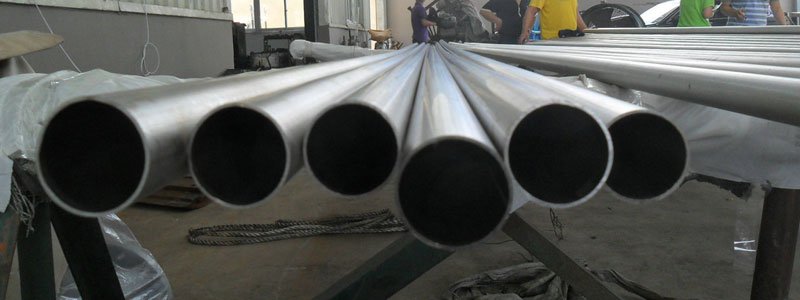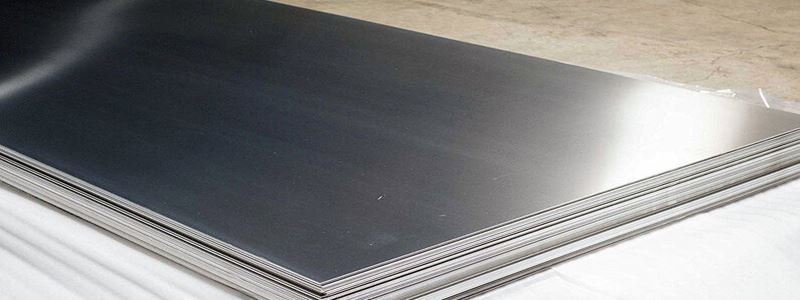Difference between Duplex Steel vs 304 Stainless Steel

Stainless steel is the term given to all stainless steels. To qualify as stainless Steel 304, the material must contain at least 10 percent chromium. There are ferritic and austenitic stainless steel 304 grades. These come in 300 series respectively. The ferritic steels are magnetic, but the austenitic steels are not. They feature distinct micrometallurgical structures. The duplex steels contain ferritic and austenitic phases in their metallurgical microstructure and combine the advantages of ferritic and austenitic steels. The duplex steels are both strong and corrosion resistant. Modern duplex grades are used in lieu of more conventional and costly metals. There are three primary types of duplex steel, including regular duplex, super duplex, and lean duplex.
Corrosion resistance between Duplex Steel vs 304 Stainless Steel

Stainless steels are capable of withstanding some level of corrosion, although they do not perform very well when exposed to extremely corrosive substances. Some austenitic stainless steel grades, such as 316, are able to withstand high chloride concentrations, however they are not resistant to acidic environments. The corrosion resistance of the duplex grades is superior when compared to that of chlorides, acids, reducing agents, and oxidising agents. The resistance to corrosion offered by the various duplex grades is superior to that of the majority of austenitic stainless steels. Materials with a high degree of versatility, such as hastelloys, are often used in very corrosive applications, such as acid manufacturing facilities.
Pickling And Passivation of Duplex Steel And 304 Stainless Steel

A process known as passivation takes place in stainless steels when the alloy has larger proportions of chromium than other elements. The amount of chromium included in the alloys that make up duplex steels may range anywhere from 19% to roughly 32%. It is possible for the surface of components made of duplex stainless steels to produce a passivated oxide layer over the surface of the steel. This is because duplex stainless steels include high quantities of chromium in the alloy that they are made of. Nevertheless, the chromium concentration of certain stainless steel alloys is inadequate to generate this self-repairing passivation oxide layer. As a result, the material corrodes as a result of oxidation. Oxidation is a typical issue that arises with low-chromium stainless steel due to its composition. By putting these stainless steel alloys through a process called passivation, it is possible to strengthen the corrosion resistant qualities that they already possess. Pickling is the process of removing scales from a material that have formed as a result of being heated to high temperatures. Pickling, which is a process that utilises chemical treatments, may remove scales from the outside body of stainless steel alloys. These scales were also generated by a chromium layer of metal that was next to the stainless steel. While using mechanical procedures, it is common for the surface of the metal to suffer injury or damage. Chemical washes are able to remove the additional layer from the surface of stainless steel, which makes it simpler to get rid of the surplus metals and prevent damaging faults. Chemical washes also remove the extra layer from the surface of stainless steel. In order to complete this procedure, acidic solutions such as nitric and hydrofluoric are used.
Advantage and Disadvantages of Duplex Steel and 304 Stainless Steel

Although there are several grades of duplex and stainless steel 304, the advantages and disadvantages associated with each grade are distinct. These advantages and disadvantages depend on the intended use of the grade and its chemical makeup. For instance, austenitic stainless steel 304 grades in the series have exceptional mechanical strength, high ductility, and enhanced corrosion resistance. For specialised purposes such as welding or operating at high temperatures, the carbon content of these materials may be decreased or increased to alter their chemical makeup. The martensitic and ferritic varieties of stainless steels are harder than the austenitic and duplex varieties, but their corrosion resistance is lower. Due to the highly alloyed character of duplex stainless steels, it is probable that the cost of employing them will be large. Yet, grades such as 904L are far more expensive than typical duplex stainless steels. In contrast to nickel alloys such as Monel, Inconel, and others, there are fewer stainless steel alloys that can withstand high temperatures. This is a major disadvantage relative to the material's price. Even at temperatures as low as -50 degrees Celsius, these alloys lack an exceptionally high resistance to impact.
 "GOVERNMENT RECOGNISED STAR EXPORT HOUSE"
"GOVERNMENT RECOGNISED STAR EXPORT HOUSE"



 India
India Japan
Japan Russia
Russia United States
United States Saudi Arabia
Saudi Arabia Kuwait
Kuwait Singapore
Singapore Malaysia
Malaysia UAE
UAE Germany
Germany Italy
Italy China
China UK
UK Canada
Canada Iran
Iran Thailand
Thailand South Korea
South Korea Turkey
Turkey Morocco
Morocco Costa Rica
Costa Rica Kazakhstan
Kazakhstan Philippines
Philippines Egypt
Egypt Vietnam
Vietnam Oman
Oman Australia
Australia Qatar
Qatar Portugal
Portugal Mexico
Mexico Brazil
Brazil France
France South Africa
South Africa Jordan
Jordan Spain
Spain Hong Kong
Hong Kong Netherlands
Netherlands Indonesia
Indonesia Taiwan
Taiwan Nigeria
Nigeria Bangladesh
Bangladesh Iraq
Iraq Ukraine
Ukraine Poland
Poland Romania
Romania Cyprus
Cyprus Angola
Angola Colombia
Colombia Norway
Norway Chile
Chile Tobago
Tobago Greece
Greece Czechia
Czechia Belgium
Belgium Sri Lanka
Sri Lanka Myanmar
Myanmar Venezuela
Venezuela